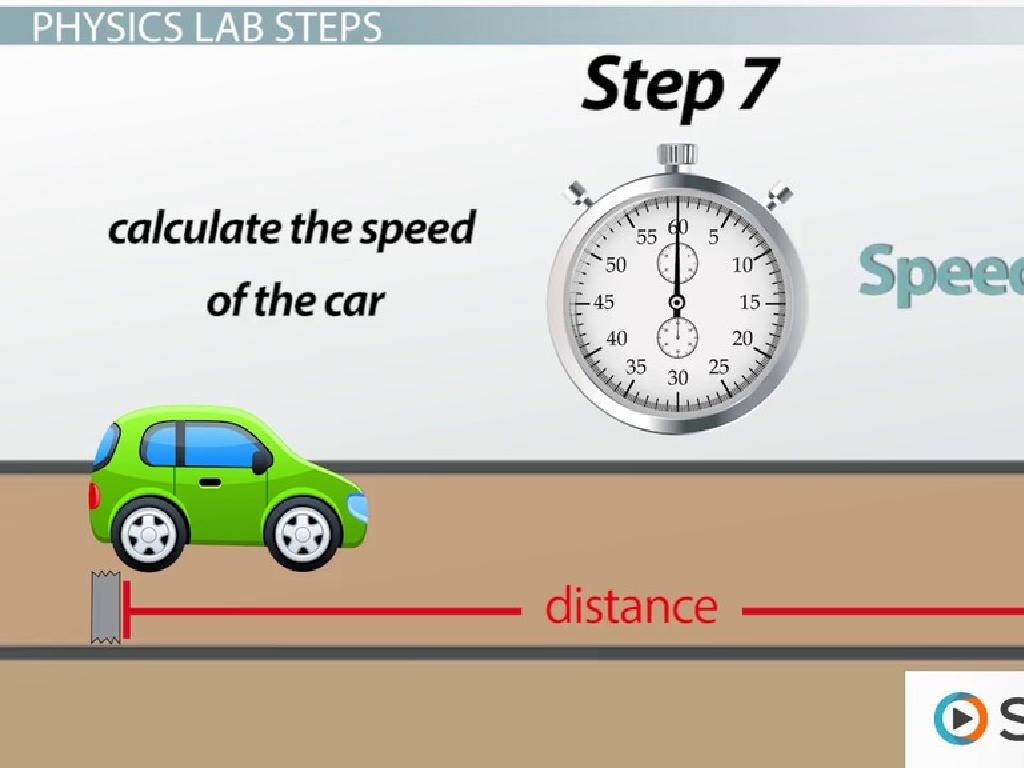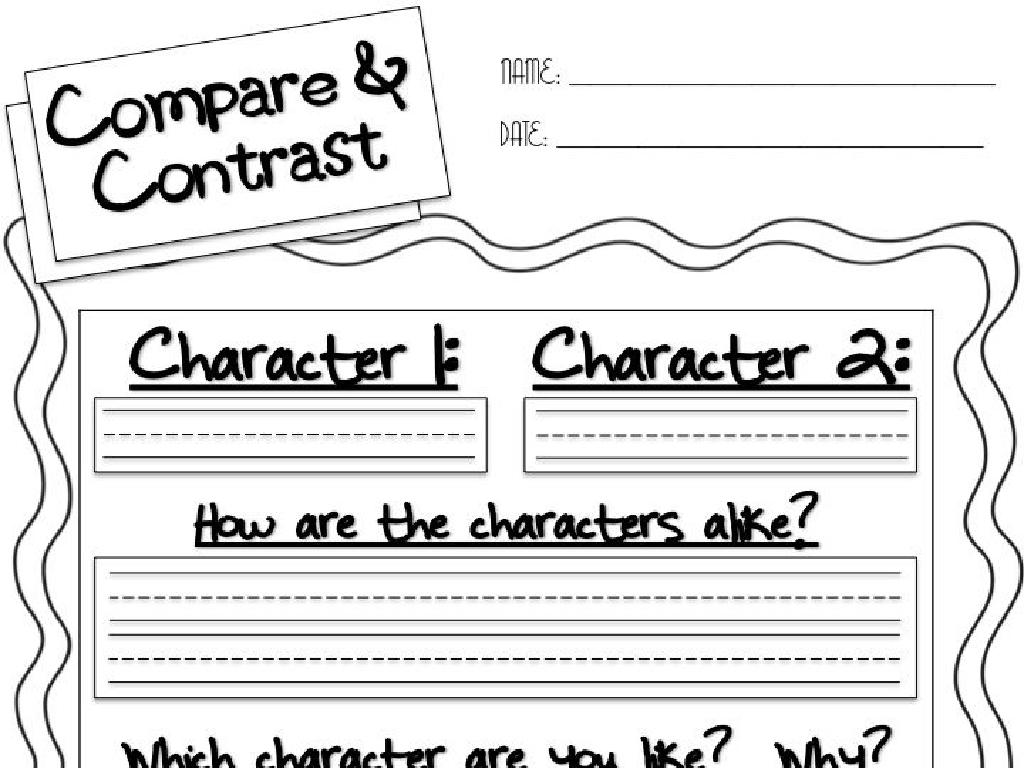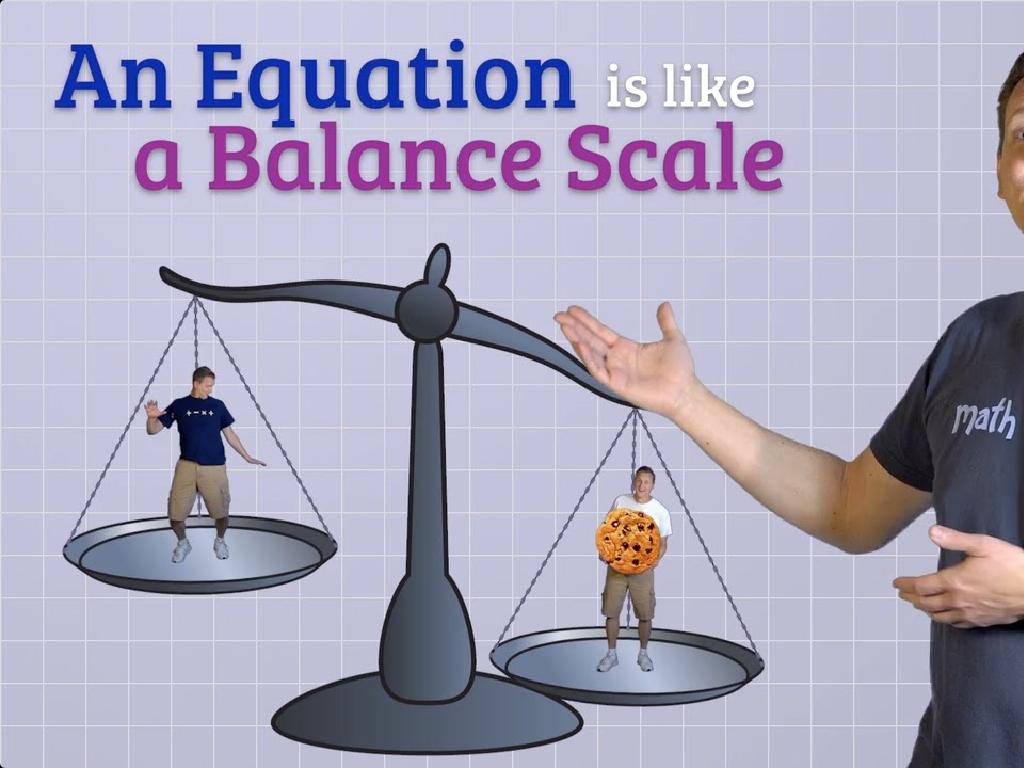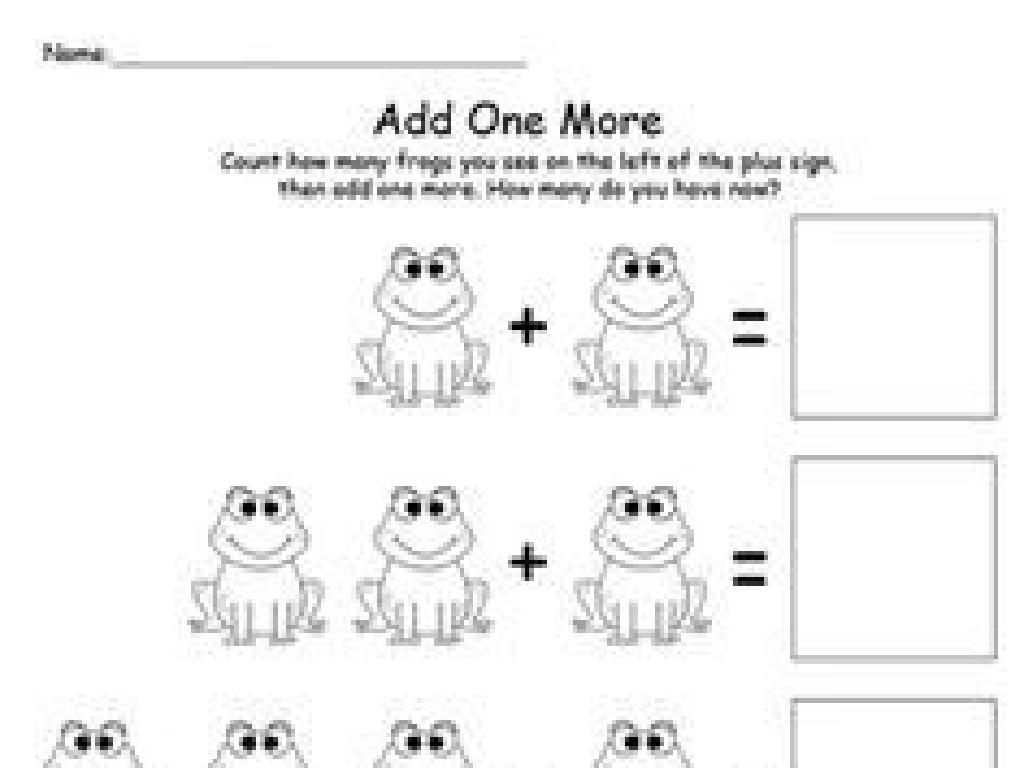Two-Step Addition And Subtraction Word Problems
Subject: Math
Grade: Third grade
Topic: Two-Step Word Problems
Please LOG IN to download the presentation. Access is available to registered users only.
View More Content
Two-Step Word Problems Adventure
– Explore two-step problems
– Understand word problem structure
– Break down the problem: what’s being asked and what information is given.
– Learn importance of word problems
– They help us apply math to real-life situations and improve critical thinking.
– Engage with fun examples
– Example: If you have 3 apples and get 5 more, then give 2 away, how many do you have?
|
Today’s lesson introduces students to the concept of two-step addition and subtraction word problems. Begin by explaining that a two-step problem requires two separate actions to find the solution. Emphasize the importance of understanding the structure of word problems, as this skill is crucial for solving them correctly. Discuss why word problems are essential; they help students apply math to everyday life and develop problem-solving skills. Use engaging and relatable examples to illustrate the concepts. Encourage students to identify the two steps in each example and to practice with problems of their own.
Understanding Two-Step Word Problems
– What is a two-step problem?
– It’s a math question that needs two steps to solve.
– Two operations are needed
– We might add then subtract, or the other way around.
– Example: Apples problem
– Start with 5 apples, buy 7, give away 3, how many left?
– Solving step by step
– First add 5 + 7, then subtract 3 from the sum.
|
This slide introduces the concept of two-step word problems to third-grade students. Begin by explaining that a two-step word problem is like a mini-adventure in math, where they have to complete two different actions to reach the treasure (the answer). Use the apple example to illustrate how they might first add to find the total number of apples and then subtract to find out how many are left after giving some away. Emphasize the importance of solving the problem in the correct order and checking their work. Encourage students to visualize the problem with actual objects or drawings to aid their understanding.
Key Words in Math Word Problems
– Addition key words
– Words like ‘total’, ‘sum’, ‘add’, ‘plus’, ‘increase’ signal addition.
– Subtraction key words
– Look for ‘difference’, ‘subtract’, ‘minus’, ‘decrease’, ‘left’ for subtraction.
– Finding key words in problems
– Let’s read problems and spot these clues.
– Practice with examples
– We’ll do examples together to understand better.
|
This slide introduces students to the concept of key words that help identify the operations required in two-step word problems. Emphasize the importance of recognizing these words to determine whether to add or subtract. Provide clear examples for each key word and how it translates to an operation. For instance, ‘total’ might indicate an addition problem, while ‘left’ suggests subtraction. After explaining, engage the class with a few example problems, asking them to find and highlight the key words. This will prepare them for solving two-step word problems by understanding the language used in the questions.
Solving Two-Step Word Problems
– Read the problem carefully
– Identify the goal of the problem
– What is the question asking us to find?
– Find key words and numbers
– Words like ‘total’ or ‘left’ give hints; numbers tell us amounts.
– Choose the right operations
– Will we add, subtract, or use both to find the answer?
– Solve the problem step by step
– First do one operation, then the next.
|
This slide is aimed at guiding third-grade students through the process of solving two-step addition and subtraction word problems. Start by reading the problem text slowly, ensuring understanding. Next, identify the final question to be answered. Highlight key words that indicate mathematical operations (e.g., ‘in total’, ‘remaining’) and note the important numbers provided. Discuss how to decide whether to add or subtract in each step. Work through an example problem as a class, solving it together step by step. Encourage students to always check their work. For homework, assign several problems for practice, and prepare to review these as a class in the next session.
Solving Two-Step Word Problems: The Apple Problem
– Start with 5 apples
– Add 7 more apples
5 apples + 7 apples = 12 apples
– Subtract 3 apples
12 apples – 3 apples = 9 apples
– Find the final count
After adding and subtracting, we have 9 apples left
|
This slide presents a simple two-step word problem involving addition and subtraction to help students understand the concept of solving problems in stages. Begin by explaining that we start with a certain number of items (5 apples) and then change that number by adding or subtracting more items. Walk through each step on the slide, demonstrating the addition of 7 apples to the original 5, and then the subsequent subtraction of 3 apples from the total. Emphasize the importance of performing operations in the correct order and checking the work at each step. The final answer should reflect the total number of apples after both steps are completed. Encourage students to visualize the apples and the changes to the quantity as they work through the problem.
Try It Yourself: Candy Counting
– Start with 10 candies
– Add 6 more candies
10 (original) + 6 (bought) = 16 candies
– Give 4 candies to a friend
16 (after buying) – 4 (given away) = ?
– How many candies left?
Calculate the final number of candies
|
This slide is an interactive class activity designed to help students practice two-step addition and subtraction word problems. Begin by reading the problem aloud and ask the students to identify the two steps involved: adding the candies bought and subtracting the candies given away. Guide them through solving each step one at a time, ensuring they understand the sequence of operations. After they’ve completed the problem, encourage students to share their answers and explain their thought process. This will help reinforce their understanding and allow them to learn from each other’s methods. Possible variations of the activity could include changing the numbers or the context of the word problem to provide additional practice.
Solving Two-Step Word Problems
– Start with $20
– Buy a toy for $11
– Subtract the cost of the toy from your total
– Find $5 on the ground
– Add the found money to your new total
– Calculate total money left
– Use addition and subtraction to find the answer
|
This slide presents a two-step word problem involving addition and subtraction. The problem is relatable for third graders as it involves managing money, a skill they are beginning to understand. Start by explaining the initial amount of money, then guide them through the process of spending and finding money. Emphasize the importance of performing operations in the correct order. After solving the problem step by step, students should arrive at the final answer of $14. Encourage students to create similar word problems and solve them with classmates to reinforce the concept.
Class Activity: Word Problem Scavenger Hunt
– Pair up for problem-solving fun
– Locate and solve classroom word problems
– Remember: each problem has two steps
– Look for clues in the problem to help with both steps
– Collaborate on finding solutions
– Discuss your thinking with your partner as you work
|
This interactive activity is designed to get students engaged with two-step addition and subtraction word problems by turning the classroom into a scavenger hunt. Students will pair up and search for word problems posted around the room. Each problem will require them to perform two steps to find the solution, encouraging them to work together and discuss their problem-solving strategies. As they complete each problem, they should write down their answers. Once all pairs have finished, reconvene as a class and go over the problems and solutions together, allowing students to explain their thinking and understand different approaches to the same problem. Possible variations of the activity could include a timed challenge, problems of varying difficulty, or incorporating physical activities between problems to keep energy levels high.
Wrapping Up: Two-Step Word Problems
– Key points of two-step problems
– We learned to solve problems with two steps using addition and subtraction.
– Importance of mastering them
– They help us tackle real-life situations that involve multiple calculations.
– Celebrating today’s achievements
– You all did an amazing job applying what we’ve learned to solve complex problems!
|
As we conclude today’s lesson, we recap the essential aspects of two-step word problems. These problems are crucial as they reflect real-world situations where a single calculation is rarely enough to find a solution. Understanding and mastering these types of problems equip students with the skills to think critically and sequentially. Acknowledge the students’ hard work and progress in solving the problems presented today. This positive reinforcement will boost their confidence and encourage them to continue practicing. For homework, assign a few two-step word problems for them to solve, ensuring they apply the strategies learned in class.






